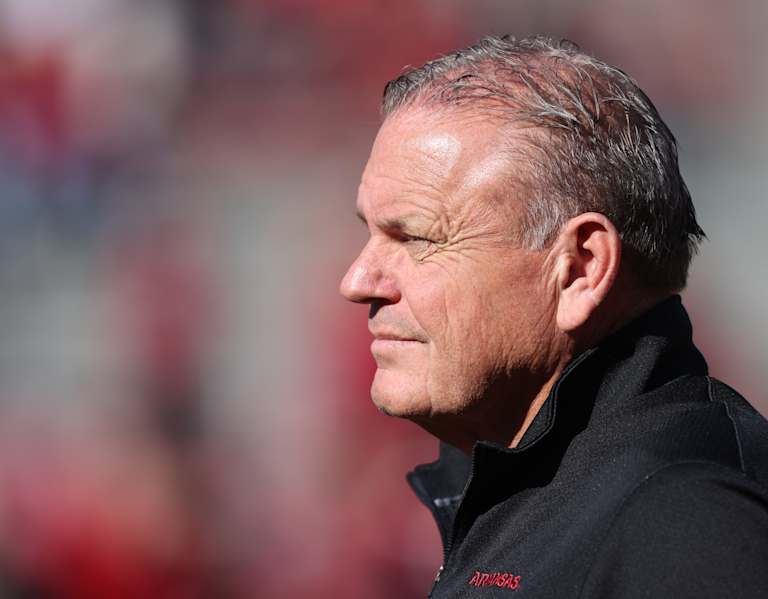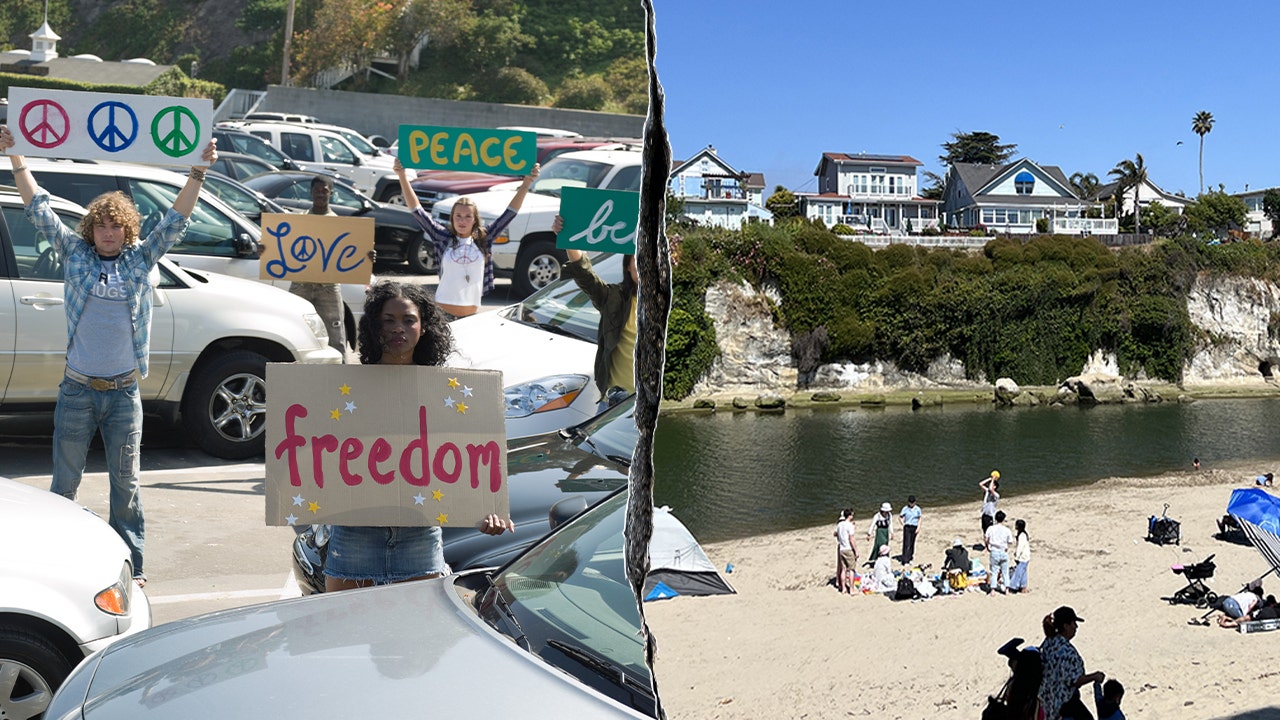After more than 4,200 miles, Phil Balmaceda is used to the stares as he drives past.
Balmaceda has spent the week touring the state as part of Alaska Speed Week, a drag-and-drive event that sends drag racers from location to location to race. But instead of transporting their dragsters on trailers, the racers drive the vehicles — which must be street-legal — from venue to venue.
Balmaceda’s 2010 Chevrolet Corvette ZR1 doesn’t necessarily stick out because it’s not being hauled on a trailer — but because it’s hauling a trailer of its own. And that trailer holds a matching miniature white Corvette.
“It carries my wheels, tires and tools,” he said. “A lot of people don’t approve of a trailer hitch on the back of a Corvette, but it does the job well and I’m going to keep doing it.”
The Houston resident hasn’t just drawn long looks in Alaska. He and his friend Chris Story drove the rig all the way from Texas, making a stop along the way for another drag-and-drive in Oklahoma, the King of the Open Road.
“We hit the road last Monday,” he said. “It took us five to six days to get up to Alaska. We drove through Colorado, Wyoming, Montana and up through Calgary and across Canada to Alaska. It’s been a wild experience.”
Balmaceda said the tiny car that he modified into the trailer was initially a kid’s bed that he gutted and framed out the inside. It holds two tires, tools, fluids and a jack.
“For this specific trip, I brought a fishing rod and some fishing gear so I could just cast a line whenever we stopped somewhere,” he said.
:quality(70)/cloudfront-us-east-1.images.arcpublishing.com/adn/PDYKDTR335CAZAGVVC5V5U2UGA.JPG)
After more than 4,200 miles, Balmaceda and Story arrived in Palmer to join another 20 drag racers for the kickoff of Alaska Speed Week this past Sunday. From there, the caravan headed north to Fairbanks and on to North Pole for a car show and meet-and-greet. Wednesday found the racers in Tanacross for drag racing. By Thursday, the barnstorming drivers had passed through Tok to return to Palmer, where racing starts at 6 p.m. Friday at Alaska Raceway Park.
The concept has gained popularity in the Lower 48 in recent years, and Alaska Raceway Park president and owner Michelle Lackey Maynor said motorsports magazines Hot Rod and Sick have gotten involved in drag-and-drives.
:quality(70)/cloudfront-us-east-1.images.arcpublishing.com/adn/A6363N4R5ZHZTDEQFHESBRIBDU.JPG)
“We went down in February and participated in Sick Week, which was in Florida,” she said. “We went about 1,000 miles in Florida, to five different tracks. We were already working on this but we wanted to go kind of see what it was all about.”
It’s a bare-bones approach to racing, with racers allowed one passenger who can act as a crew member, but otherwise they have to be mostly self-contained.
:quality(70)/cloudfront-us-east-1.images.arcpublishing.com/adn/BF7CEU5AFVAAPG7O3CG4CO2TKE.JPG)
:quality(70)/cloudfront-us-east-1.images.arcpublishing.com/adn/XPBOFDJT4BGOBFKJLKMVYZND4E.JPG)
:quality(70)/cloudfront-us-east-1.images.arcpublishing.com/adn/2SJ7A2JJ2VAE5GWCQ42ML4UY5Y.JPG)
“If you want to put slicks on, you have to bring those with you,” Maynor said. “If you have any parts that you think you’re going to need along the way, you have to bring that with you. There’s no support vehicles. Everything is pretty self-contained and and here in Alaska, it’s probably the toughest drag-and-drive.”
On many of the drag-and-drives in the Lower 48, major highways connect one stop to another. Travel has been a bit tougher in Alaska.
“The roads are so-so,” Balmaceda joked. “I’ll never again complain about a road down south.”
Wasilla resident David Young drove his 2020 Dodge Challenger SRT Hellcat on the tour. Although it’s got plenty of power with a supercharged 6.2 liter Hemi engine, Young bought it because it could be multifunctional and still have a classic dragster look.
:quality(70)/cloudfront-us-east-1.images.arcpublishing.com/adn/UHKLOZLRD5B55E3RV4FIBO4ZCI.JPG)
“I wanted to race it to track but I didn’t want to have just a race track car, because it’s just one more thing sitting around for months at a time,” he said. “So I ended up just picking a street car that was like the old muscle cars I watched growing up.”
Growing up in Illinois, Young gravitated toward cars and has always worked on them as a hobby. But other than putting a brace on his rear differential and getting racing tires on, this allows him to enjoy racing without a lot of wrenching. But there was a wide variety of vehicles on the tour, some that require more work.
“There’s a ‘67 (Chevrolet) Chevelle, an old D100 Dodge pickup, another pickup that was an ‘84 Dodge, four-wheel drive with big mag tires,” Young said. “A lot of them were big muscle streetcars, but there were a few that had a lot of changes on them.”
:quality(70)/cloudfront-us-east-1.images.arcpublishing.com/adn/F3T4JS3YHBEJXIA4OYW7H4IQIY.JPG)
The format allows for racers to do much more than just race. One team included a Minnesota man who came up to participate with his son in Alaska. The group has planned stops along the way, but they all made an unplanned stop in Talkeetna on the way north, launching an informal parade into town.
“It’s just been a really, really neat event to be able to meet all of these people that love motorsports and are just touring around the world for checking out the country,” Maynor said.
:quality(70)/cloudfront-us-east-1.images.arcpublishing.com/adn/KWAGPOHKCBGS5ITP67DTWQLVWU.JPG)
It’s that approach that appealed to Balmaceda, who used it as a way to travel during COVID and now says it is “kind of my way to go on vacation.”
“So far it’s been a blast,” Balmaceda said. “I didn’t know what to expect, but it’s exceeded expectations by far. The people have been super friendly and have shown us around. They’ve been really hospitable.”
His trip isn’t over, though. He and Story are going to head to Kearney, Nebraska, for the start of Rocky Mountain Race Week.
“I left Houston in early June and I won’t be back in Houston until the first or second week of July,” he said.

:quality(70)/cloudfront-us-east-1.images.arcpublishing.com/adn/F3T4JS3YHBEJXIA4OYW7H4IQIY.JPG)
























